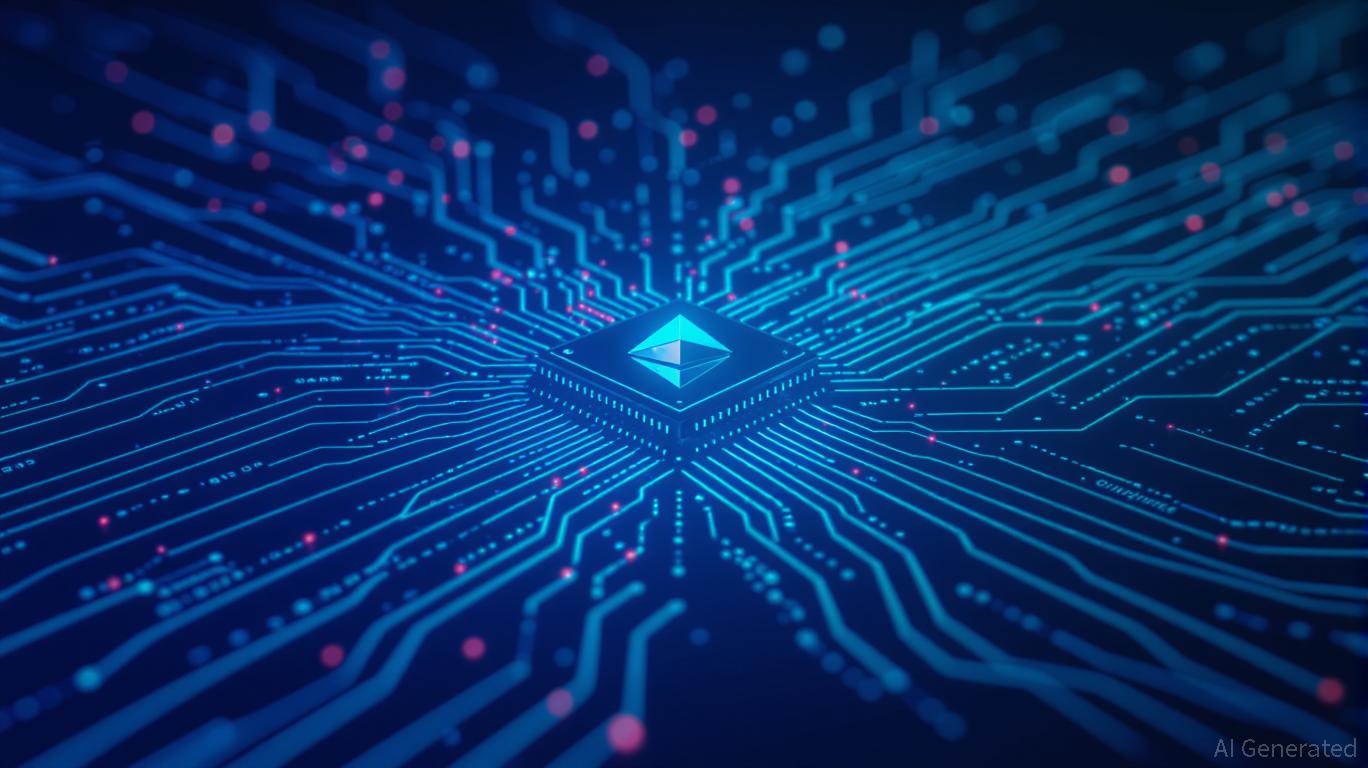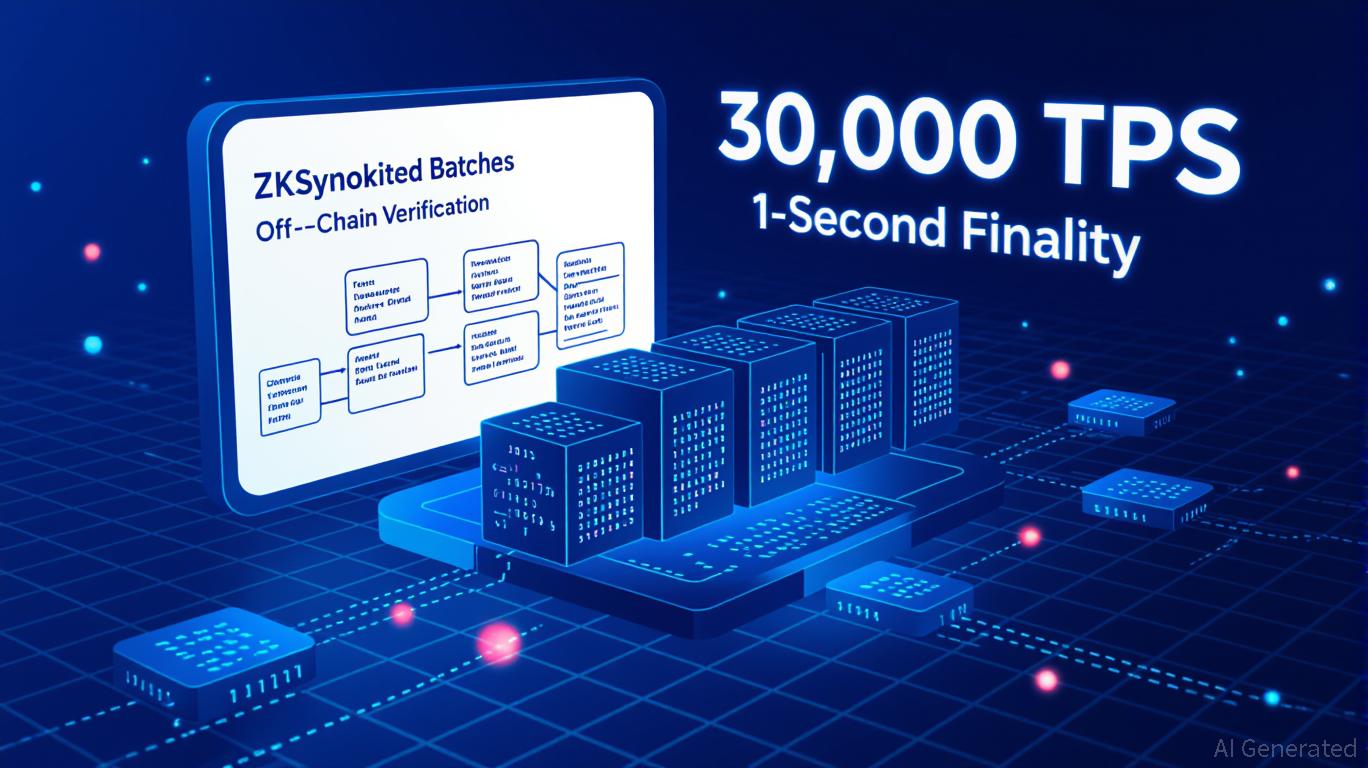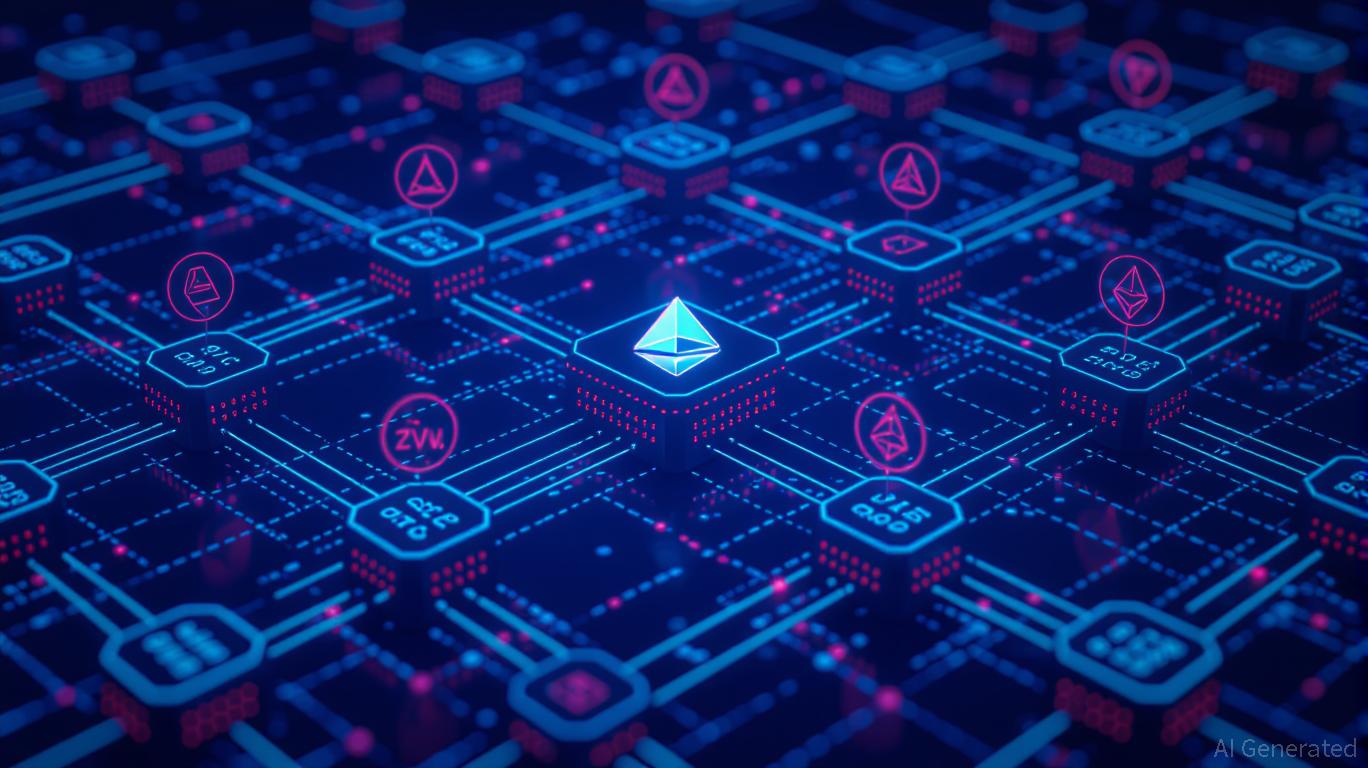Astar 2.0’s Tactical Rollout and Its Impact on the Market
- Astar Network launched Astar 2.0 on September 13, 2023, aiming to unify Ethereum and Substrate blockchains via Astar Link. - The platform emphasizes interoperability, revised tokenomics, and enterprise partnerships to challenge L2 leaders like Arbitrum and Optimism . - With 150,000 TPS and cross-chain integrations, Astar 2.0 targets scalable DeFi adoption but faces TVL declines and competition from ZK-rollups. - Enterprise collaborations with Sony and Toyota highlight real-world use cases, though market
Strategic Rollout: The Core Innovations of Astar 2.0
Astar 2.0’s unique value is built on three main foundations: cross-chain operability, token economics, and business integration. The launch of Astar Link stands out as a game-changing element. Serving as a central point for cross-chain operations, Astar Link allows for effortless communication between EVM and Substrate chains, minimizing obstacles for both developers and end-users, as described by
Tokenomics are also a key focus. Astar 2.0 introduces updated inflation policies, transaction fees, and a new Staking 2.0 system, all crafted to promote sustained engagement and ensure fairness for developers and users, according to

Competitive Landscape: Astar 2.0 Versus Industry Leaders
To gauge Astar 2.0’s potential for disruption, it’s important to compare it with the top L2 contenders. Arbitrum and Optimism currently lead the Ethereum L2 market, boasting TVLs of $15.94 billion and $9.36 billion, respectively, as reported by
Astar 2.0’s hybrid design sets it apart by directly tackling these shortcomings. Its partnerships with Soneium and
Market Dynamics and Adoption: Overcoming Industry Challenges
Even with Astar 2.0’s technical advancements, the DeFi sector as a whole has encountered significant obstacles. The total value locked (TVL) across L2 platforms dropped by $12 billion in early November 2025, according to
Transaction data further underscores Astar’s promise. While Polygon currently leads with 68 million daily transactions, as reported by
Investment Perspective: Balancing High Risk and High Reward
For those considering early investment, Astar 2.0 offers both significant potential and considerable risk. Its hybrid framework and focus on enterprise solutions make it well-suited to address the rising demand for interoperability—a challenge even Ethereum continues to face. Success, however, will depend on execution: Can Astar Link truly provide seamless cross-chain functionality? Will its business partnerships lead to substantial TVL growth?
The overall L2 sector presents a mixed scenario. While Optimistic Rollups like Arbitrum and Base command the majority of TVL, ZK-Rollups such as
Final Thoughts
The launch of Astar 2.0 highlights the blockchain industry’s ongoing drive for innovation. By tackling the challenges of interoperability, tokenomics, and enterprise integration, Astar has established itself as a strong contender in both the DeFi and L2 arenas. For investors, the challenge is to weigh enthusiasm with prudence: while Astar’s vision is bold, its future will ultimately be determined by its ability to deliver on its promises.
Disclaimer: The content of this article solely reflects the author's opinion and does not represent the platform in any capacity. This article is not intended to serve as a reference for making investment decisions.
You may also like
Aster DEX’s Latest Protocol Enhancement and Liquidity Rewards: Advancing On-Chain Solutions and Optimizing DeFi Capital Utilization
- Aster DEX's 2025 protocol upgrade enables ASTER token holders to use their tokens as 80% margin collateral for leveraged trading, with a 5% fee discount for collateral users. - The upgrade triggered a 30% ASTER price surge and $2B 24-hour trading volume spike, attracting institutional attention including Coinbase's listing roadmap inclusion. - By converting ASTER into a functional collateral asset, the platform enhances capital efficiency while reducing liquidation risks through reduced margin requiremen

Vitalik Buterin's Progress in Zero-Knowledge Technology and the Investment Opportunities within Ethereum's Layer-2 Ecosystem
- Vitalik Buterin prioritizes ZK technologies to optimize Ethereum's post-Merge scalability, targeting modexp precompile replacement for 50% faster ZK-proof generation. - ZKsync's Atlas upgrade enables 15,000+ TPS and near-zero fees by redefining L1-L2 liquidity, positioning ZK-based L2s as Ethereum's infrastructure backbone. - Dencun's "blob" data slashes L2 costs by 98%, driving Base and Arbitrum to surpass Ethereum's base layer in transaction volume and user adoption. - ZK L2s like ZKsync and StarkNet s

Vitalik Buterin Supports ZKsync: What This Means for Layer 2 Scaling
- Vitalik Buterin endorses ZKsync, highlighting its ZK-rollup tech as critical for Ethereum's scalability and decentralization goals. - ZKsync's Atlas upgrade achieves 30,000 TPS with 1-second finality, enhancing programmability while maintaining on-chain security. - The project faces competition from Arbitrum and Optimism but differentiates through privacy, low fees, and Ethereum compatibility. - Rigorous audits and emergency response protocols strengthen ZKsync's security, though real-world performance r

ZK Atlas Enhancement: Driving Blockchain Expansion and Business Integration in 2025
- ZKsync's 2025 Atlas Upgrade introduces a high-performance ZK stack with 15,000+ TPS, redefining blockchain scalability through modular Layer 2/3 infrastructure. - The upgrade enables bridge-free Ethereum interoperability and supports EVM/RISC-V/WASM compatibility, addressing enterprise needs for hybrid blockchain solutions. - Institutional adoption surges with ZK token's 50% price jump and $19M+ partnerships, though legacy system integration and regulatory clarity remain key challenges. - BaaS compatibil
